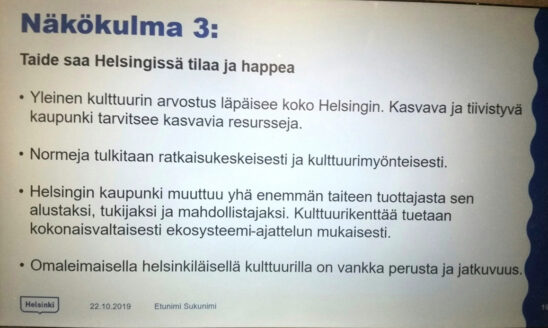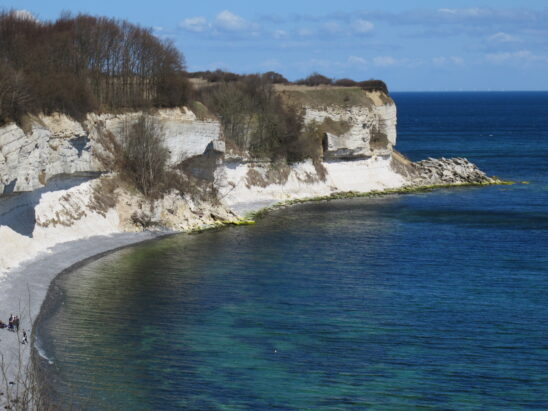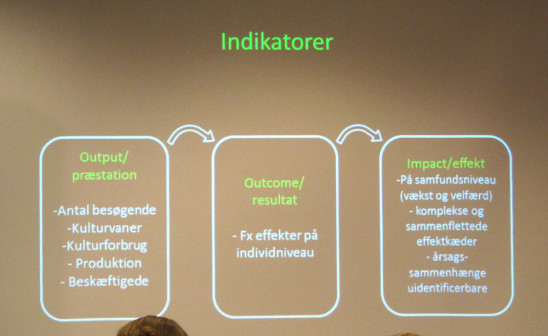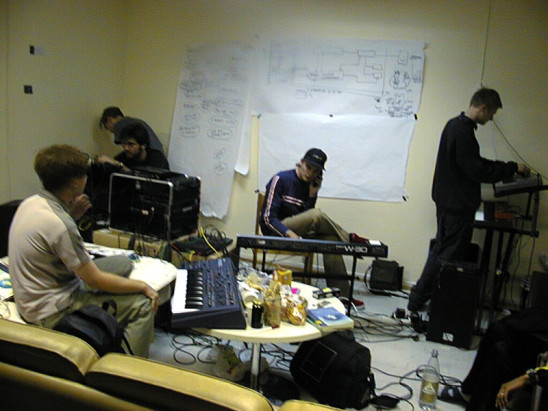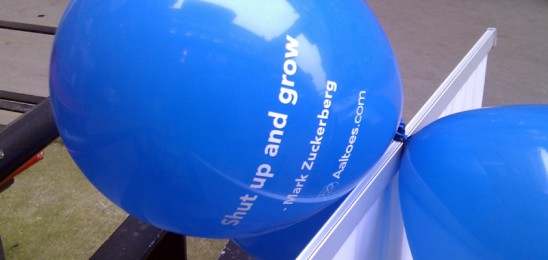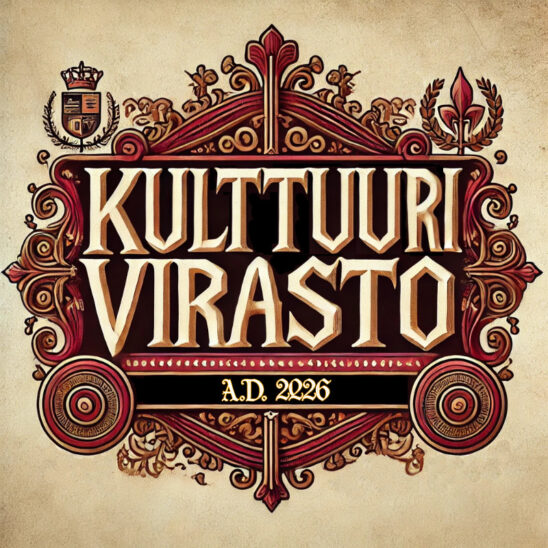
Lakiesitys opetus- ja kulttuuriministeriön virastouudistuksesta on lausuntokierroksella tammikuun loppuun asti. Yhtenä osana tätä uudistusta Taike (Taiteen edistämiskeskus) sulautettaisiin yhteen Kavin (Kansallinen audiovisuaalinen instituutti) kanssa, ja meillä oli jatkossa näistä kahdesta toimijasta muodostettu Kulttuurivirasto.
Esitysluonnoksessa on 115 sivua ja se julkaistiin juuri ennen joulua. Aikaa lausuntojen antamiselle on 31.1.2025 asti. Tämä on jo lähtökohtaisesti kyseenalainen tilanne – monitahoisen lakiesitykseen tutustumiseen ja kommentointiin ei ole varattu sen vaatimaa aikaa.
Lakiesityksen tavoitteena on “selkeyttää ja yhtenäistää opetus- ja kulttuuriministeriön hallinnonalan virastorakennetta toiminnallisesti ja taloudellisesti tarkoituksenmukaisemmaksi kokonaisuudeksi siten, että virastoja on helpompi ohjata, ne ovat toiminnallisesti nykyistä selkeämpiä kokonaisuuksia ja niiden toiminta on yhteiskunnallisesti vaikuttavampaa”. On hankala nähdä, miten nämä tavoitteet toteutuisivat tällä lakiesityksellä. Kulttuurivirasto olisi jatkossa kahdesta hyvin erilaisesta toimijasta muodostettu konglomeraatti, jonka missio olisi epäselvä. Tämä mielestäni puurouttaisi toimintaa ja viestintää päätöksentekijöiden, organisaatioiden ja taiteilijoiden suuntaan.
Ote Taiken omasta lausunnosta: “Taiteen edistämiskeskus toteaa ensimmäiseksi, että Taiteen edistämiskeskuksen ja Kansallisen audiovisuaalisen instituutin yhdistymiselle ei tunnisteta toiminnallisia perusteita substanssitehtävien osalta. Virastojen nykyiset toiminnot ja toimialat eroavat toisistaan merkittävästi, eikä yhdistymisestä odoteta seuraavan merkittäviä hyötyjä.”
Virastouudistuksen kylkiäisenä halutaan myös merkittävästi muuttaa vertaisarviointia. Jatkossa vertaisarvioinnista olisi vastuussa asiantuntijapankki, jossa olisi noin 200-250 jäsentä. Uskoisin, että tämä järjestely voisi periaatteessa toimia hyvin. Vertaisarvioinnissa käytettyjen asiantuntijoiden määrä kasvaisi huomattavasti ja mukaan tulisi mahdollisuus käyttää varajäseniä, mikä helpottaisi jääviystilanteita. Esimerkiksi Belgiassa Flandersin alueella siirryttiin asiantuntijapankin käyttöön jo vuonna 2016 (lisätietoa Dirk De Witin presentaation materiaaleissa / Towards Smart Art Funding Seminar vuodelta 2019).
Ongelmallista virastouudistuksen nykyisessä nykytilanteessa on se, että:
A. Asiantuntijapankin jäsenten nimeämisestä ja toimintalogiikasta ei ole tehty tarkempaa suunnitelmaa
ja
B. Asiantuntijapankkia ei mainita varsinaisessa lakiesityksessä ollenkaan
KULTA ry:n lausunto on tästä aiheesta reippaan suorasanainen, ja lainaan sen tähän kokonaisuudessaan:
“Kulttuurin ja taiteen edistämisen rakenteiden heikkous on sen sirpaleisuus – ja lähes jokainen sirpale on aliresurssoitu. Yhden isomman viraston syntyminen ei sitä muuksi muuta, sillä Taiken ja Kavin yhdistymiselle ei ole toiminnallisia perusteita, eikä mikään rakenne näytä sen ansiosta tosiasiallisesti vahvistuvan. Samaan aikaan järjestöleikkaukset halvaannuttavat ja entisestään sirpaloittavat taiteen edistämisen rakenteita, kun toimijat joutuvat suojelemaan ydintoimintojaan tai toimintaedellytykset katoavat kokonaan.
Keskeinen huoli virastouudistuksessa liittyy apurahoja koskevaan päätöksentekorakenteeseen. Kun päätökset keskitetään yhteen toimielimeen, se on rakenteena hauras varmistamaan kädenvarren mitta -periaatteen toteutumisen kaikissa oloissa. Yhdelle keskitetylle toimielimelle ollaan antamassa liikaa valtaa, jota se voi käyttää kumileimasimena tai ohittaa asiantuntijapaneelit tai antautua käsikassaraksi politrukeille.
Virastouudistuksen kylkiäisenä ei näin suurta periaatteellista paradigman muutosta pidä toteuttaa. Keskustelu taiteen autonomian rakenteista olisi pitänyt käydä kulttuuripoliittisen selonteon yhteydessä tai ylipäänsä laajasti taiteilijajärjestöjen kanssa.
Käytännössä uuden viraston johdon ja toimielimen nimeämisen kautta ministeri voisi halutessaan varmistaa, että hallitukselle mieluisaan taiteeseen saa rahoitusta. Kädenvarren mitta -periaate voi toki jatkossakin toteutua herrasmiessopimuksen varassa, mikäli poliitikot pitävät taiteen vapautta tärkeänä. Toki näin on jo nytkin. Taiteen autonomia lepää sen varassa, että valtaa käyttävät luottamushenkilöt ja viranhaltijat ovat siihen sitoutuneita.
Laissa olisi syytä kirjata asiantuntijapaneelien käyttö luonnosta velvoittavammaksi. Toinen autonomiaa takaava pohdinta on se, miten neuvosto nimitetään eli miten varmistetaan se, ettei neuvosto ole ministerin taskussa, vaan aidosti taiteen kenttää edustava asiantuntijajoukko ja sen nimitysprosessi avoin ja läpinäkyvä.
Taiteen vapauden eli autonomian pitäisi olla rakenteilla varmistettu. Eri Euroopan maissa on vertaisarviointia halvaannutettu tai jopa kansallisten laitosten johtajia vaihdettu vallanpitäjille myötämielisiin. Tämä ajan hengessä ja käytännössä oleva huoli on otettava vakavasti, ja pyrkiä niin vahvaan taiteen autonomian rakenteeseen, että demokratiamme kestää myös demokratianvastaisten voimien nousun.
Taiteen vapaus ja autonomia on säädetty perustuslailla, mutta se pitäisi erikseen turvata tällä nimenomaisella lainsäädännöllä. Nyt uusi laki mahdollistaisi sen, ettei vertaisarviointirakenteena paneelia ole pakko käyttää. Ymmärrämme tämän taustalla olevat lakitekniset syyt, mutta sen seuraukset voivat silti olla huolestuttavat. Työjärjestyksen varaan ei ole turvallista jättää näin paljon, eikä työjärjestyksen laatiminen ole avoin ja läpinäkyvä prosessi. Taiteen autonomia pitäisi turvata laissa ja tehdä rakenne, jossa autoritäärinen poliitikko ei pääse nimittämään mieluisiaan henkilöitä tekemään taiteen rahoituspäätökset.
Kulttuuri- ja taidealan keskusjärjestö KULTA ry esittää huolensa paradigman muutoksesta Suomessa: tieteen, taiteen ja kansalaisjärjestöjen autonomia on hapertumassa. Samankaltaisia muutoksia – esimerkiksi tehokkuuden ja vaikuttavuuden nimissä – ollaan toteuttamassa myös muilla toimialoilla kuin kulttuurihallinnossa. Esitämme aikalisää virastouudistuksen valmisteluun, jotta yksi länsimaisen demokratian keskeinen perusta eli taiteen autonomia voidaan turvata.
Tuemme myös saavutettavuuskirjasto Celian esitystä, että sen asema itsenäisenä toimintayksikkönä lisätään lakiin. Vammaisten kulttuuriset oikeudet on turvattava.”
Lakiesityksestä on tämän tekstin julkaisuun mennessä tehty yhteensä 25 lausuntoa, jotka nostavat esille myös muita tärkeitä huomioita. Kaikki julkaistut lausunnot löytää, jos klikkaa ruudun oikeassa laidassa olevaa tekstiä ‘Lausunnonantajia: NN’.
Selvyyden vuoksi: tämä blogipostaus on omaa henkilökohtaista pohdintaani aiheesta, Frame Contemporary Art Finland tekee lakiesityksestä erikseen virallisen lausunnon.
